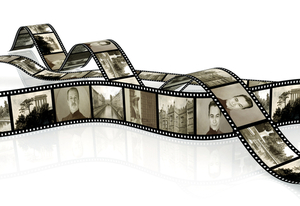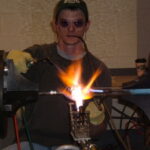Surely everyone has already met someone who said something like “I remember you, but I don’t recall your name. See, I have a photographic memory, I can remember all the faces, but I cannot remember their names or circumstances”.
Numerous scientific studies have suggested that photographic memory is probably a myth, as no signs of a photographic memory has ever really have been documented. Some people, however, have a so-called eidetic memory, which is a slightly different concept. The term “eidetic” and “photography” are sometimes confused, especially in the popular media and some people can refer to a photographic memory when they really want one eidetic memory.
Proponents believe that that some people are capable of storing information as detailed images that will be remembered. It’s just like if someone could organize their memory as a photo library. A person with this type of memory, for example, would be able to describe in detail the painting after seeing it once, or be able to recite passages from a book he or she had seen only in passing. This exists. People are actually capable of such talents, but this seems to be the result of rigorous mental training, rather than a true genetic photographic memory.
In an eidetic memory, people save visual information with high level of precision, and that allows them to play data in a comprehensive way, but usually only a short time after be exposed (visual short-memory). Eidetic memory seems to be most common in children and usually disappears with age. Some researchers suggested that this could be because children are more likely to store information in a purely visual rather than trying to verbally describe things they see. For example, someone with an eidetic memory look at a picture is a tree, and then are able to describe it very accurately, without saying it´s a “tree”.
Many people throughout history have shown amazing ability to remember things, lines, play hundreds of visual details of scenes, which can be reproduced later. Sometimes it is said they have photographic memories, but the truth is they probably have trained a lot their brain to perform that way. For professionals working in areas where good memory is the key, such as actors, painters and musicians, the development of various tricks of memory is needed for success and retention of these areas has been obtained by hard work and dedication, not by a magical memory trick.
A good memory needs hard work, but it is indeed a pleasant hard work, as the effects on real life are evident, both at personal and professional level. A good brain training program is a first step to, in a very disciplined and controlled way, work the short-term and long-term, visual, auditory and working memory areas. Together those bring a new ideal for your life and let you accomplish more things and faster.


